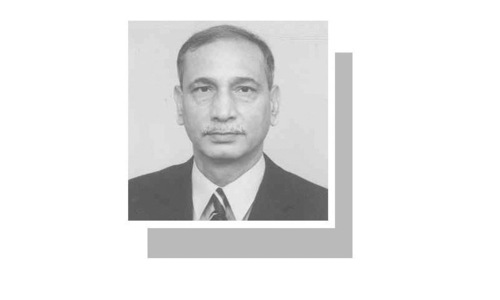
BONN: The world should set a goal of halting net desertification by 2030 to stem annual losses of farmland equivalent to three times the size of Switzerland, a senior UNofficial said on Tuesday.
“Drylands are on the front line of the climate change challenges for the world,” Luc Gnacadja, head of the Bonn-based UN Convention to Combat Desertification (UNCCD), told the Reuters Global Energy and Climate Summit.
Drylands account for about 41 per cent of the world’s land area -- ranging from deserts such as the Sahara to croplands in central Asia, the US plains or much of Australia. Many regions are becoming steadily more arid.
Gnacadja said the UNCCD hoped world leaders, due to meet in Rio de Janeiro in mid-2012 for a once-a-decade “Earth Summit”, would set a goal of halting net desertification by 2030 to help ease poverty and maintain food production.
“That means we will do more to prevent land degradation, we will do more to reclaim land,” he said. “If we do these two things...we can certainly reach the level of a zero net rate”.
Every year, he said 12 million hectares (29.65 million acres) of land were degraded in drylands -- three times the size of Switzerland. Areas restored to productivity were far less, meaning a big annual net loss.
“In those 12 million hectares we could grow at least 20 million tonnes of grain,” he said. Climate change is adding to factors such as over-exploitation by people planting crops too intensively or over-grazing.
The UN Environment Programme says that desertification -- or land degradation in drylands -- affects 3.6 billion hectares (8.896 billion acres) and threatens the livelihoods of more than 1 billion people in some 100 countries.
Gnacadja, from Benin, said problems of desertification were “in a blind spot” for the world’s governments. “We need to take it out of the blind spot,” he said.
He said farmers should get more encouragement for policies that help store carbon in the soil, widening U.N. schemes trying to slow climate change by preserving forests.
Plants soak up carbon dioxide, the main greenhouse gas from human activities, as they grow.And he pointed to some advances in slowing desertification, such as in the Sahel. In Burkina Faso, for instance, farmers dug small pits to capture rain in a system known as zai, eventually allowing them to plant crops such as sorghum and millet.
Gnacadja said that countries would start reporting new indicators from 2012, including the percentage of people who live above the poverty line in degraded land areas, and the percentage of those areas covered by vegetation.
“We will be able...not only to have the first data to set baselines, but as we move forward to measure trends,” he said.













































Dear visitor, the comments section is undergoing an overhaul and will return soon.